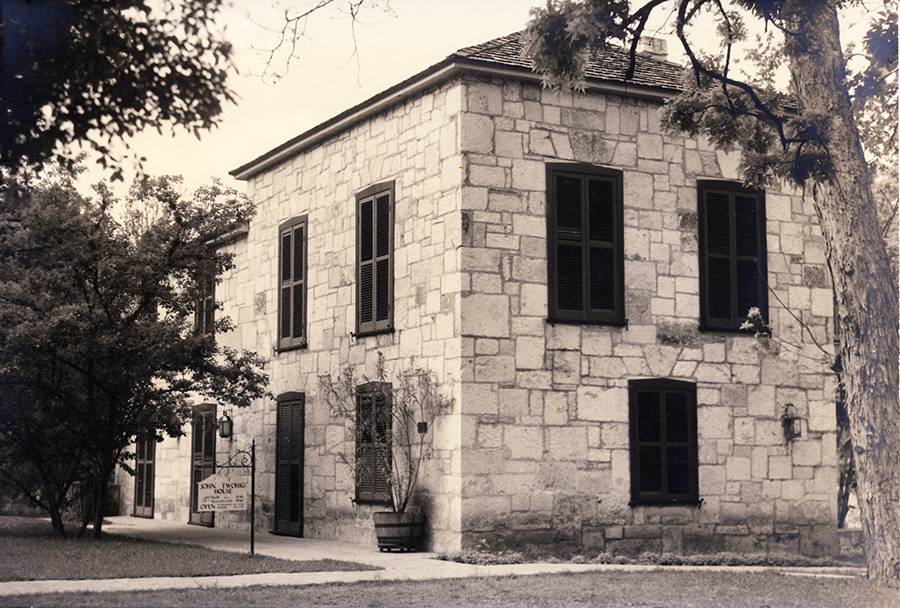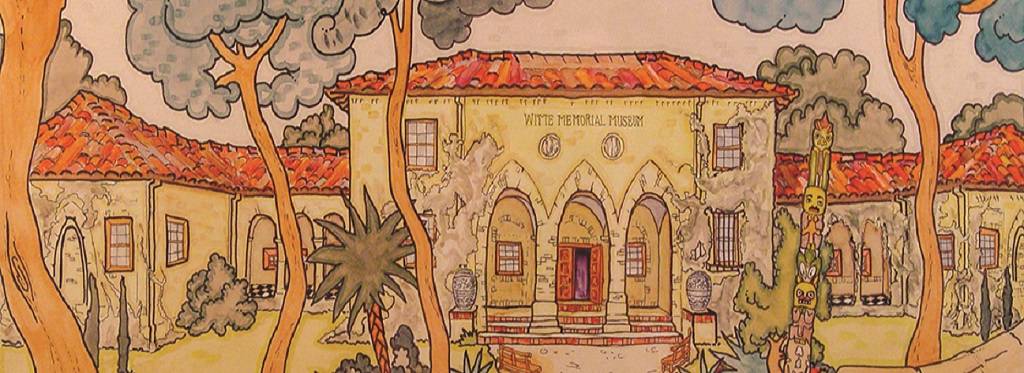John Twohig House, 1941


John Twohig House
Agency: Works Progress Administration
Date: 1941
Built in the early 1840s, the home of John Twohig (1806-1891), an Irish businessman from County Cork, originally sat along the banks of the San Antonio River near the St. Mary’s street bridge. The house and its owner have a colorful and historic past.
John Twohig was born in County Cork Ireland in 1806. After serving an apprenticeship on a British merchant vessel he came to America and engaged in shipping between New Orleans and Boston. Hearing of great opportunities in Texas he brought merchandise to San Antonio and established a mercantile business in 1830.
Casting his lot with the Texas Revolutionaries he participated in the siege of Bexar in 1835. When Adrían Woll invaded San Antonio in September 1842, Twohig opened the doors of his store and invited the poor to help themselves to its contents and then blew up the remainder to avoid giving ammunition and aid to the Mexican Army. Twohig was captured and taken to Mexico along with fourteen other San Antonians and held in the Perote Prison near Vera Cruz. In July of 1843, Twohig and several other prisoners were able to escape by cutting a tunnel through the thick prison walls. Twohig, one of nine escapees not recaptured, made his way back to San Antonio in 1844 and purchased the site to build his home from the Veramendi Family.
After his return to San Antonio, Twohig became a banker and amassed a large personal fortune. By the 1870s he was among the wealthiest men in the state. He shared his good fortune with those less fortunate by becoming a patron of St. Joseph’s Orphan Asylum and by establishing the first breadline in San Antonio. Every Saturday the poor would come to his home to receive large loaves of bread. His sister continued this charity for several years after Twohig’s death.
In April 1853 John Twohig married Elizabeth “Bettie” Priscilla Calvert of Seguin. It was after his marriage that Twohig made additons to the home and property. The home already featured two stories at a time when few buildings, in this part of the country, were more than one story in height. To this structure Twohig added beautiful gardens and a series of guest homes including the “Stag House” where Twohig entertained his male visitors. The Twohigs were well known for their hospitality and many distinguished guests such as Sam Houston and Robert E. Lee shared their table.
In the years after John Twohig’s death the house came into the possession of the San Antonio Public Service. In 1941 the director of the Witte Museum, Ellen S. Quillin, and Mrs. J. H. Frost, Chairwoman of Buildings and Grounds, began to search for a historic building that could be moved to the museum grounds to serve as a headquarters for the Garden Center. It was suggested that the Twohig House would fit the bill and the museum approached the San Antonio Public Service Company. It was agreed that the Twohig House would be better off on the museum grounds as it could not be preserved at its original location. The museum applied for assistance from the Work Projects Administration (WPA) to help move and restore the building. Working with architects the building was dismantled stone by stone and reconstructed on the museum grounds. Work was slow because many of the supplies needed were on priorities for the U.S. war effort during World War II. Reconstruction of the house was completed in 1943, making it the last project completed by the WPA in Texas.
Sources:
Chaney, Gussie Scott. The Breadline Banker of St. Mary’s Street. San Antonio: San Antonio Public Service Company, 1936.
Steinfeldt, Cecilia. San Antonio Was: Seen Through a Magic Lantern. San Antonio: San Antonio Museum Association, 1978.
Witte Museum Archives
Woolford, Bess Carrol and Ellen Quilin. The Story of the Witte Memorial Museum, 1922-1960. San Antonio: San Antonio Museum Association, 1966.
